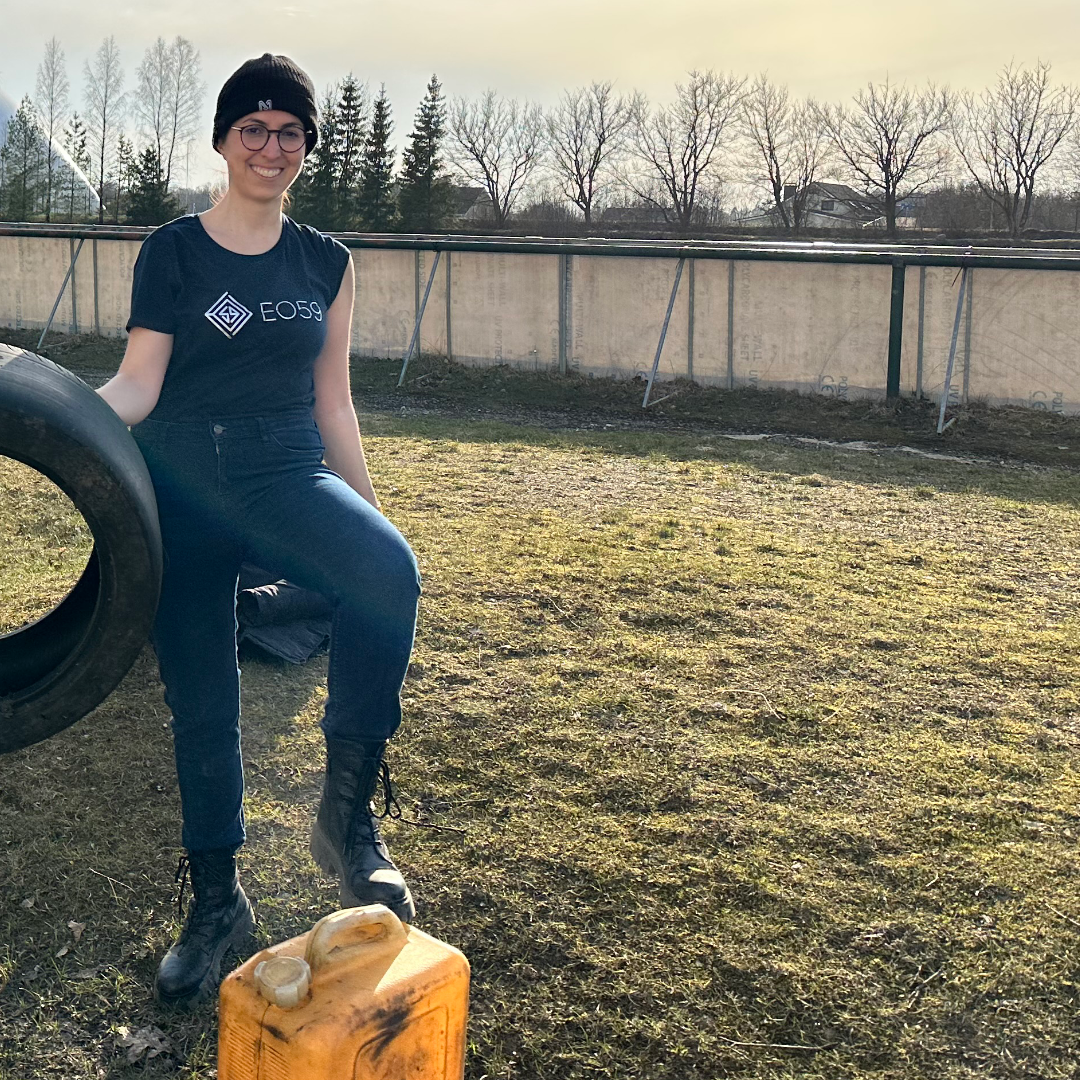Sustainability Tech in Orbit
It is incumbent upon us all to build a brighter future, a better life, and an Earth ever more sustainable than when we met it. Much of the greatest challenges of our era surround this goal. Undeniably this world is far better than it was merely 30 years ago, don’t take our word for it, just check in with this classic from Hans at that Karolinska Institute in Sweden.
Certainly, there’s a good deal to be worried about as well.
It’s likely we will not contain global warming at the rates we have endeavored to. There’s always more, and newer, indices showing the doomsday clock ticking ever nearer to midnight. Take Earth overshoot day for instance, that’s one that was new to some of our team. It is calculated to the date when humanity has depleted the year’s global resources. In 2023 it fell on August 2nd, meaning we started to consume 2024’s resource allocation nearly four months early.
Inevitably we regularly consider our individual choices.
What can I do professionally about sustainability? What are some tools I’m not considering?
How do I contribute to defending our planet from climate change, and natural disasters?
That's the moment where the tools of Earth orbit come in as contributors of new solutions.
Space research, and technology, in the sections: Earth observation, geo-location, and telecommunications, are indispensable for nearly half of the UN 2030 Sustainable Development goals and 169 subgoals.
Consider that when post-processing a fraction of the data coming from orbit, we can easily monitor climate change, and manage emergencies for catastrophes from hurricanes, earthquakes and landslides whilemonitoring infrastructure from green hydro power to ports and structures.
What exactly is satellite InSAR, and how it could be a useful green tech solution?
First of all, it can be helpful to learn about satellite InSAR here, with our intro video!
Satellite InSAR can be a useful approach to investigate, and monitor, natural resource use and assess landscape through the contactless measurement of deformation and change detection.
In its most rudimentary forms, the technique can be used at very low, to no, cost! With the ubiquitous computer and internet, you have access to Sentinel-1 a publicly funded open data radar satellite. One that has been used by scientists globally in countless studies and use cases. The data can be manipulated in a basic way with open-source tools. Or, you can take our training course and become a professional user of our SARProZ software to advance your processing skills! This tool can be integrated in your daily use in an easy way to improve your work and to see the past!
One of the most fascinating and widely funded research subjects of Sentinel-1 SAR data employs its historic archive stretching back to at least 2015 to determine environmental changes planet wide.
Consider that we can use satellite InSAR to detect landslides. Such a simple sounding capability masks the tremendous efficiency gains it provides. Consider the optimization of in-person site inspections or testing drill rig deployments. Today, landslides represent an important hazard in many areas of the world due to climate change. Rainfall frequency and volume changes are dramatically impacting landslide risk modelling in areas once considered rare for such failures.
When we begin to investigate any given target with satellite InSAR the phrase “multitemporal investigations” comes to life as time travel through deformation data. All without leaving a simple internet browser we perform an archive analysis to see for how long the landslide has been moving, or where it stopped. We then provide the option to monitor the progress of the slide as the satellite continues its orbital overflights.
In the end what we are going to provide is a way to detect, and protect, ourselves and the Earth without compromise.
No longer do we rely solely on infrequent and sparse machine-like surveys, and core sampling to detect the ground and geotechnical risk; we observe and assess from space seeing if there are millimetric movements, and with the team of geo-professionals of our industry, find more advanced solutions.
Not all that shimmer is gold, and not all gold shimmers.
There are cases where the ground is in a condition that doesn’t reflect to the sensor on the satellite. Sounds like a dream killer? Of course not, we simply turn to our arsenal of algorithms and then, if needed, we can install an artificial reflector. This limits the visits to the site in the future! Such a reflector, as we have with our ARIA commercially available, off-the-shelf, COTS InSAR reflector is a passive object of a metal material which doesn’t need power! This simple passive object allows us to improve the reflectivity of microwaves back to the sensor in orbit. Enabling us to detect deformation in the previously invisible ground surface – even through the snow!
Imagine what it has meant to the scientific community to have more data for different global process types: landslides, aquifer depletion/recharge, oil and gas extraction, urban areas, volcanoes, earthquakes, and sea ice monitoring, tunneling, dam, mining, and climate change?
Green tech is an ecosystem, simply look to the ability to determine the best sites for solar, wind, and pumped storage with satellite InSAR to see how valuable this can be. Let alone the sheer scale of risk reduction simply by post processing satellite data that is already in an archive, waiting.
Next time you consider what you can do in your world for our world – explore the tools you’ve not yet considered lying in wait, over your head, in orbit, consider EO59.
Veronica Mercuri
Working alongside a global team as we watch the Earth, and all of the assets we depend on, move one millimeter at a time - from orbit!
I am leveraging my experience, education and fascination in the geotechnical discipline to deliver this transformative data to our partners in government and industry.
Together, we go beyond the typical geo-world to make it extraordinary!
Please connect with me on LinkedIn!



